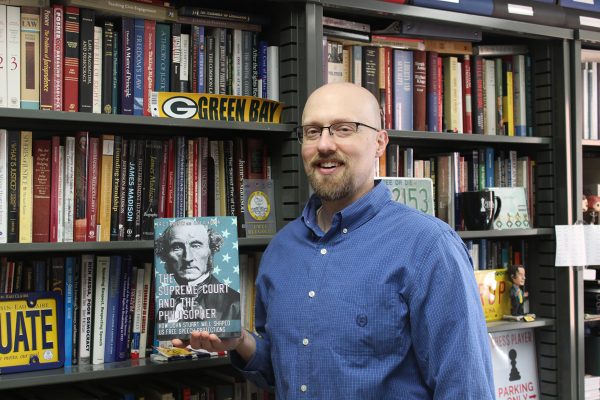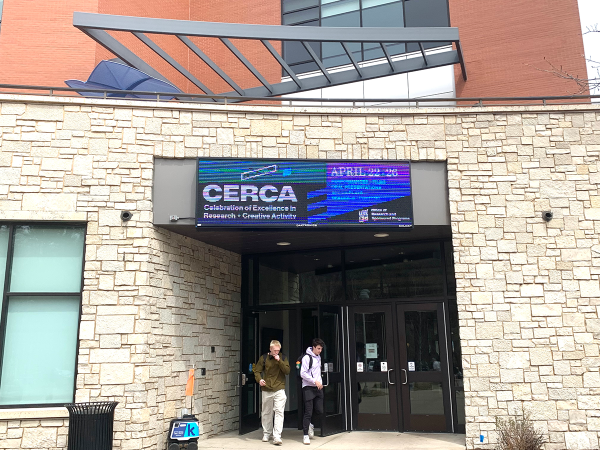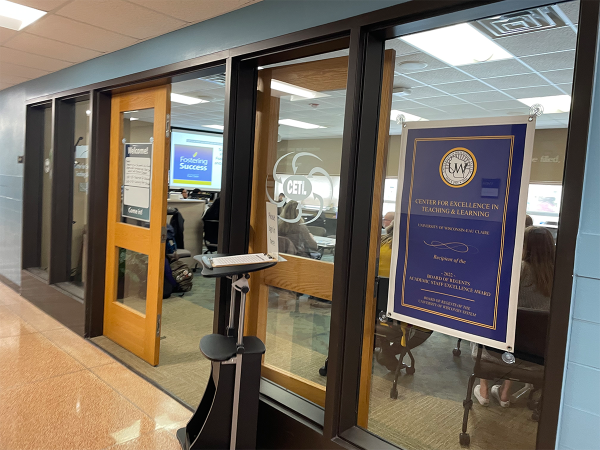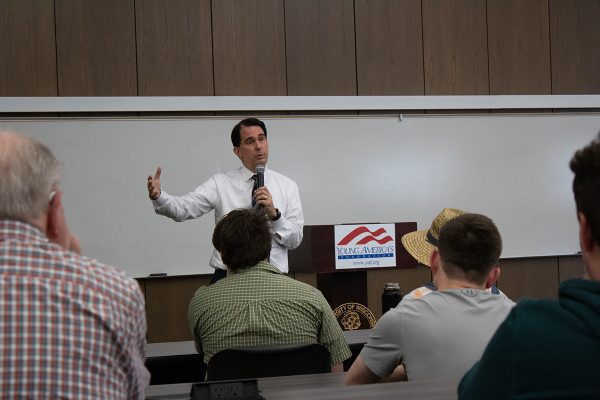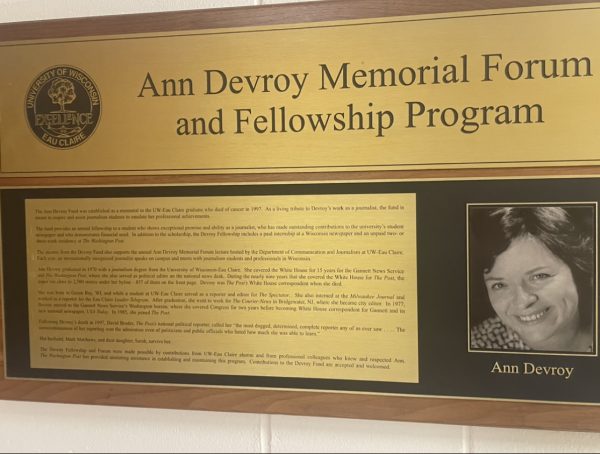Plan to improve university wraps up after eight years
Committee members reflect on the 2008-16 Centennial Plan after campus improvements amidst financial crisis
Photo by Rick Mickelson
January 28, 2016
As the Centennial Plan comes to a close this January, the 2008 strategic planning committee can look back and say that, despite weathering eight of the hardest years in UW-Eau Claire history, their brainchild was a success.
The committee created the 2008-2016 Centennial Plan to organize the many university organizations and faculty together to work towards seven goals that emphasized improving learning, developing resources and increasing student engagement, a campus-wide initiative that would come to influence almost every function of Eau Claire.
M.J. Brukardt, special assistant to the chancellor and member of the 2008 committee, said while the Centennial Plan reads like a mission statement or constitution, there is tangible evidence the plan is positively impacting the lives of Eau Claire students.
The number of four-year graduates rose from 27 percent in 2007 to over 34 percent in 2014, potentially saving students thousands in loan debt. Participation in high impact programs, which include study abroad, internships and undergraduate research, now accounts for 83 percent of students versus 71 percent in 2009.
The Centennial Plan fostered growth within programs, including the Watershed Institute and the MBA Consortium, or the creation of others such as the Center for Advising Development and Enrichment, according to the strategic planning assessment.
The university accomplished these goals despite its beginnings at the height of the Great Recession in 2008 and its conclusion shortly after the state cut roughly $270 million from the UW-System budget last July, with two other budget cuts in the eight years between.
Professor Robert Hooper, a 33-year faculty veteran and member of the 2008 committee, said the plan served as a guide for administrators — positions which account for some of the highest turnover rates among campus staff — to reference and follow from year to year so that the university’s long-term vision is realized.
“If we didn’t have long-term planning, we wouldn’t have the new Davies Center, we wouldn’t have a new union, we wouldn’t have a new Centennial Hall, we wouldn’t have the Confluence Project, we wouldn’t have the new Garfield Reconstruction Project,” he said. “Companies must set goals for themselves, companies must have a vision. Universities typically don’t act that way.”
The scope of the Centennial Plan was unprecedented in Eau Claire’s history. While universities operate within multi-million dollar budgets, Hooper said, they focus on meeting the temporary needs of students and not necessarily long-term goals. Many higher-learning institutions can’t say whether they’ll be financially solvent in three years, let alone if they have a detailed plan for the coming decade, Hooper said.
In comparison to many schools within the UW- System, the continuity of the Centennial Plan enabled Eau Claire to deal with the budget cuts more effectively, Brukardt said.
“(The plan is) to help you set priorities and to help set a direction,” she said. “You don’t get blown off track dealing with the latest crisis, which is the temptation, but you’re able to keep (the larger) goal in mind.”
The Centennial Plan established values including protecting the classroom experience, upholding smaller teacher- to- class size ratios and promoting diversity and the university’s approach to the budget cuts reflected these priorities, Brukardt said.
“The plan helped the chancellor make tough decisions,” Hooper said. “Without the Centennial Plan, the administrators would have made the easy cuts and not necessarily the right cuts.”
In retrospect, while effective, the Centennial Plan was unable to live up to many of its principles, Hooper said the result of financial strain placed on the university by three successive budget cuts in six years. He hopes the 2016 strategic planning committee can finish what the Centennial Plan started and he expects similar values and goals to carry over into the next plan.
The university held a conference on Jan. 20 that included 375 members of the faculty and staff to discuss the new plan. The 2016 committee will convene in the coming months to formulate goals and plans for 2016-20.



